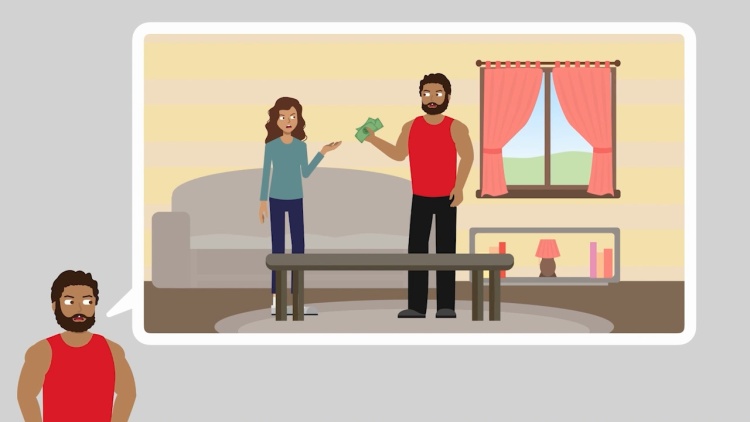People v. Tufunga
California Supreme Court
21 Cal.4th 935, 987 P.2d 168 (1999)
- Written by Craig Conway, LLM
Facts
Halaliku Kaloni Tufunga (defendant) was charged with assault with a deadly weapon or force likely to produce great bodily injury, robbery, spousal abuse, and making terrorist threats following an altercation at the home of his ex-wife, Shelly. At trial, Shelly testified that Tufunga and his current wife and daughter forced their way into her home and began shouting obscenities at her. Tufunga then pushed Shelly to the floor and began kicking her. Shelly said Tufunga then threw her onto the couch, straddled her, and ordered the other women out of the house. Tufunga slapped and hit Shelly and then brandished a pair of scissors and began making stabbing motions overhead and told her he was going to “mess up her face.” Shelly suffered bruises and scratches to her face, neck, and arms before Tufunga stopped. Shelly then testified that her mother arrived at the house and handed Shelly $200 for her to purchase vitamins and medicine. Shelly placed the money on her coffee table. After a brief altercation between Shelly, her mother, and Tufunga, Shelly testified that Tufunga grabbed the $200 off the coffee table and fled the house. Tufunga’s version of the events varied greatly. He testified that he went to Shelly’s house to give her $200 that he had just been given by his employer for her to pay bills with. Shelly placed the money in her bra. Tufunga’s employer later testified and corroborated his testimony. Tufunga conceded that he, Shelly, and her mother got into a heated argument because Shelly was going to give the money to her mother rather than use the money to pay bills. Tufunga claimed that he forcibly took the $200 from Shelly’s bra after she refused to return it and he fled the house. Tufunga denied striking or hitting Shelly. At the close of the evidence, defense counsel requested a claim-of-right jury instruction. The trial court denied the request and the jury found Tufunga guilty on all counts except assault. Instead, the jury found him guilty of the lesser charge of battery. Tufunga appealed. The court of appeal affirmed the convictions. The California Supreme Court granted certiorari to review.
Rule of Law
Issue
Holding and Reasoning (Baxter, J.)
What to do next…
Here's why 899,000 law students have relied on our case briefs:
- Written by law professors and practitioners, not other law students. 47,000 briefs, keyed to 994 casebooks. Top-notch customer support.
- The right amount of information, includes the facts, issues, rule of law, holding and reasoning, and any concurrences and dissents.
- Access in your classes, works on your mobile and tablet. Massive library of related video lessons and high quality multiple-choice questions.
- Easy to use, uniform format for every case brief. Written in plain English, not in legalese. Our briefs summarize and simplify; they don’t just repeat the court’s language.





